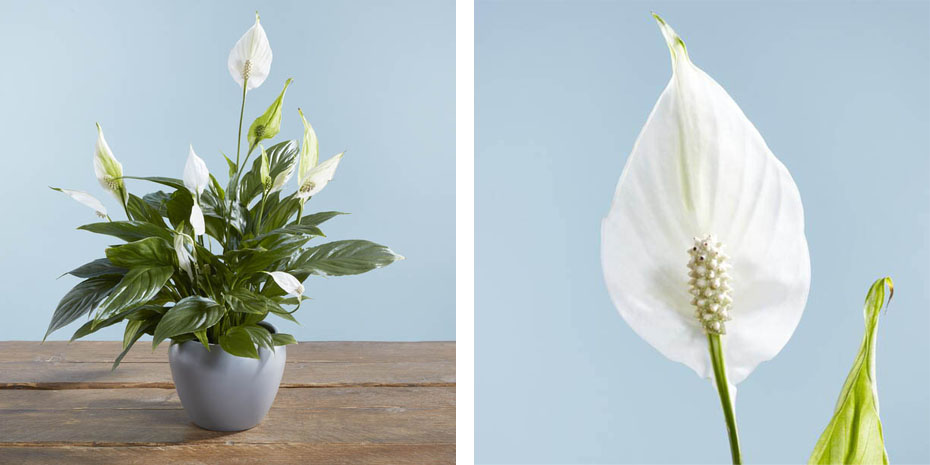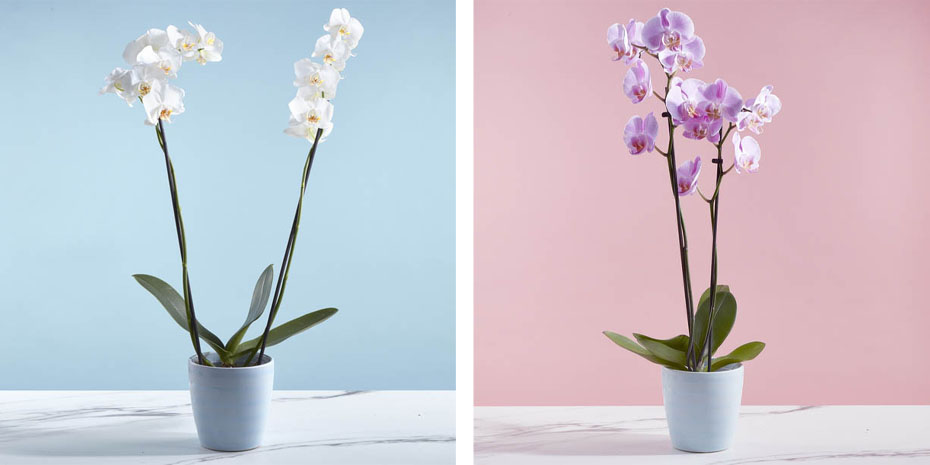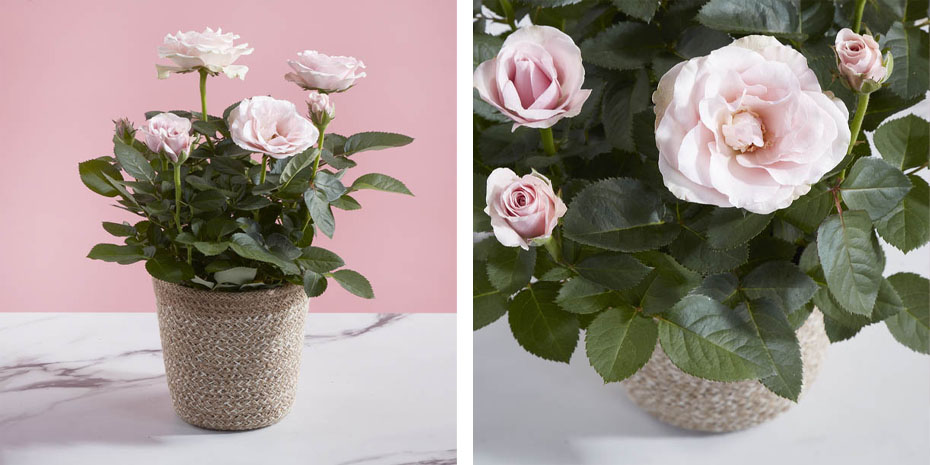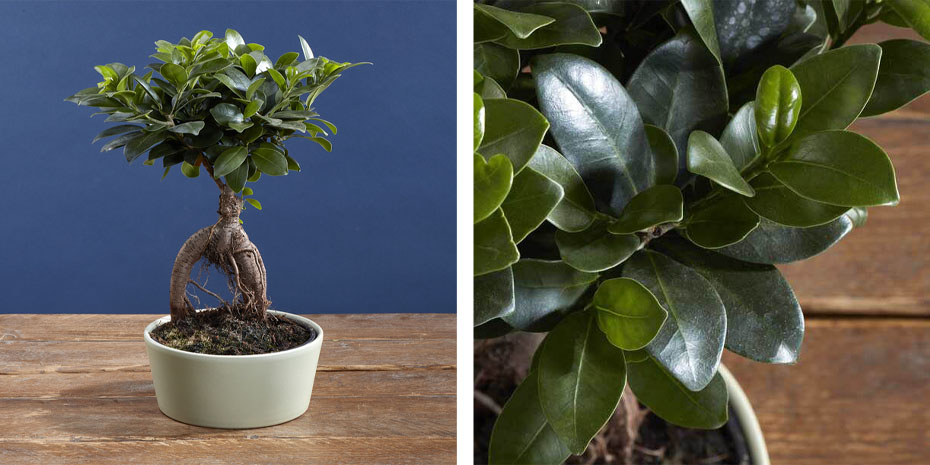How To Make Your Funky Pigeon Plants Thrive
Last updated: April 2nd, 2025 Published on: September 13, 2019Whether it’s to celebrate a birthday, a new home, or to decorate a student dorm room, getting a plant is always a good idea – especially as they always last much longer than a bouquet! For you to take care of your plants, and keep them alive as long as possible, we have come up with our best selection of hardy plants – hard ones to kill! – at least, if you don’t overwater them. Follow our suggestions below to be a knowledgeable and proud plant owner ?
Peace Lily
The ever-popular Peace Lily in a pale grey ceramic pot is an ideal indoor plant for almost anyone as it’s an adaptable, and low-maintenance plant.
It can grow up to three feet tall and it’s well known to have air cleaning properties since NASA put it on their indoor air pollution study. Although, they are poisonous to both cats and dogs because they contain calcium oxalate. So peace lilies should be kept away from animals and small children.
How to care for a peace lily plant?
Exposure: No direct sunlight – they prefer light partial shade.
Water: Only once a week maximum in summer, and even less in winter.
Tip: it sags a bit when it needs water, which essentially is telling you when it’s thirsty.
Where to place it? By a northern facing window.
White or Pink Orchid
The orchidaceae are one of the two largest families of flowering plant with about 28,000 different species. Getting someone an orchid is a precious keepsake as they can last for years. In fact, even with a little know how, you’ll find that orchids are surprisingly easy to care for.
How to care for an orchid?
Exposure: Prefer a breezy but bright spot– no directly sunlight.
Water: Obtaining a good moisture balance is critical, so don’t hesitate to spray the roots as they love humidity.
Tip: Their roots like to breath and be free, so let them grow outside the pot, and use pots with drainage holes to allow excess of water to run out of the pot (as root rot can kill your plant).
Where to place it? On the bathroom windowsill, or kitchen windowsill.
Rose Plant
Rose plants have over 300 species and can be grown into bushes, or grown climb over your fences, wooden gates or garden arches. Our pretty pink rose plants are a typical English rose type with a soft pale pink colour and a dense foliage. They come in a jute pot and are packaged in a special box designed to fit through a regular sized letterbox.
How to care for a rose plant?
Exposure: Direct sunlight for at least six hours a day.
Water: Soil needs good water drainage.
Tip: Withered roses must be eliminated, so that you leave room for new roses. They should be pruned in winter, when the plant is dormant.
Where to place it? Place near a south-facing window with good ventilation, this will allow the plant to bask in six hours of glorious sunlight (if lucky).
Bonsai Tree
Did you know that’s the name “Bonzai” means in “planted in a container” in Japanese? It’s a cultivating art form which is an integral part of Japanese culture dating back to the early 14th century. Ginseng Grafted Ficus trees are indoor bonsai trees which embody strength, with substantially exposed roots and sturdy trunks.
How to care for a Bonsai Tree?
Exposure: Thrive in sunlight but kept away from direct heat or draft.
Water: Bonsais need humidity in order to keep their soil moist.
Tip: The most common cause of bonsai tree deaths is under-watering because the soil layer is so shallow, so it is prone to drying out very quickly.
Where to place it? By a westerly exposed window.



